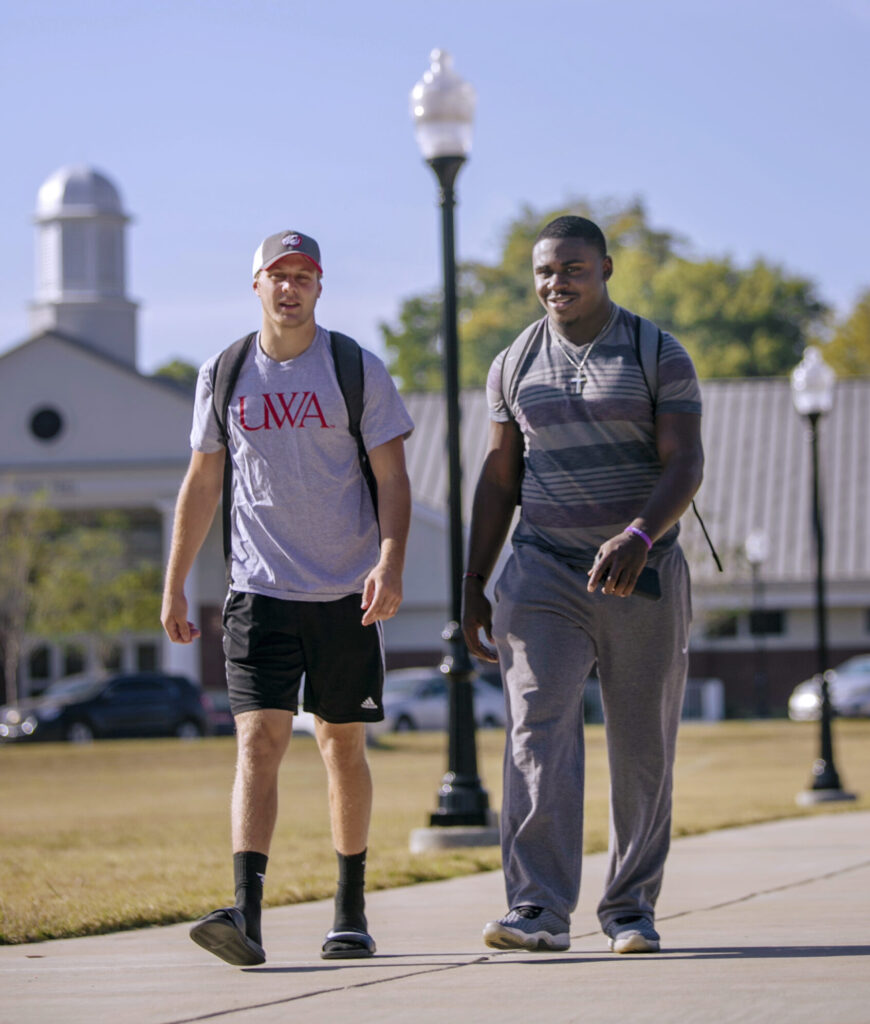Financial Aid
Home » Financial Aid
Get the Financial Support You Need
The University of West Alabama Financial Aid Office assists students and their families in tailoring financial aid packages to help with the costs of tuition, fees, books, housing, meals, and more.
Financial Aid Office
Webb Hall, Room 334
UWA Station 3
Livingston, AL 35470
Office Hours
8:00 – 5:00
Monday – Friday
Federal School Code: 001024
Contact
financialaid@uwa.edu
Toll Free (in state) 800-621-7742
Toll Free (out of state) 800-621-8044
(205) 652-3576
(205) 652-3847 (fax)

Find a long list of academic, trustee, alumni, transfer and other scholarships from which to choose.


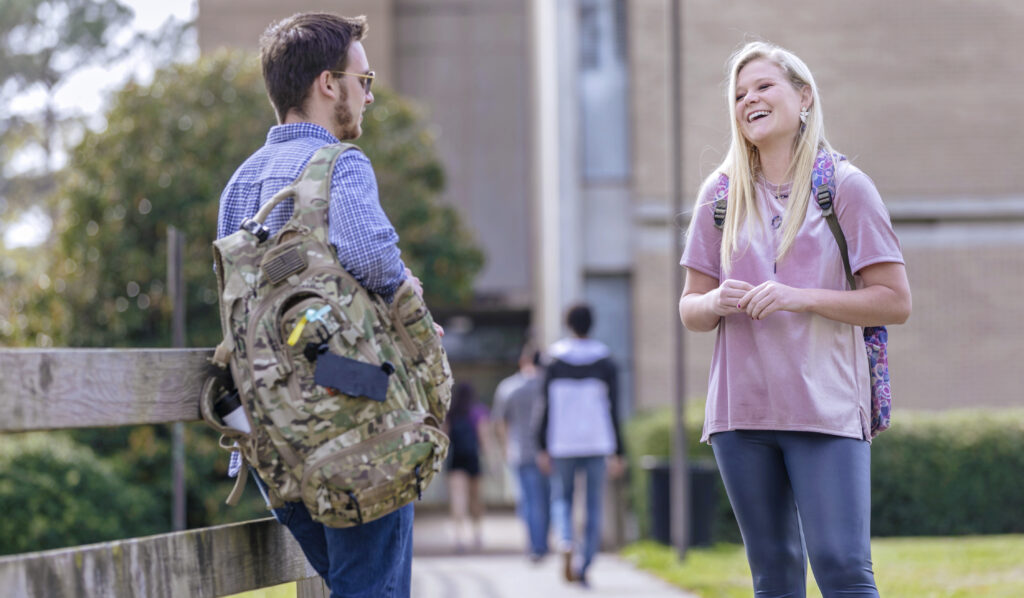




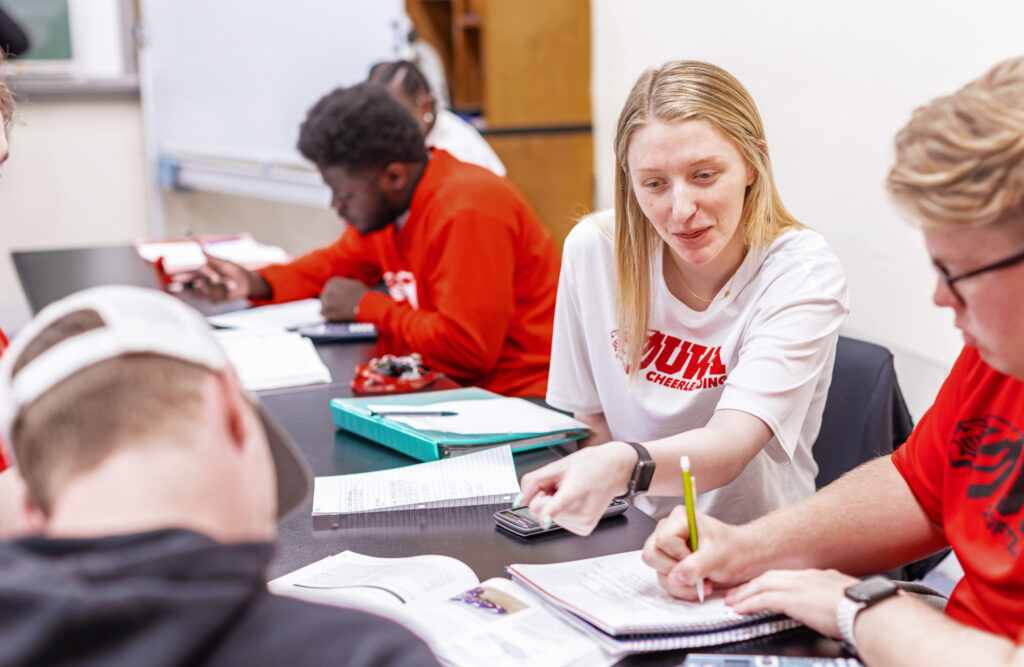
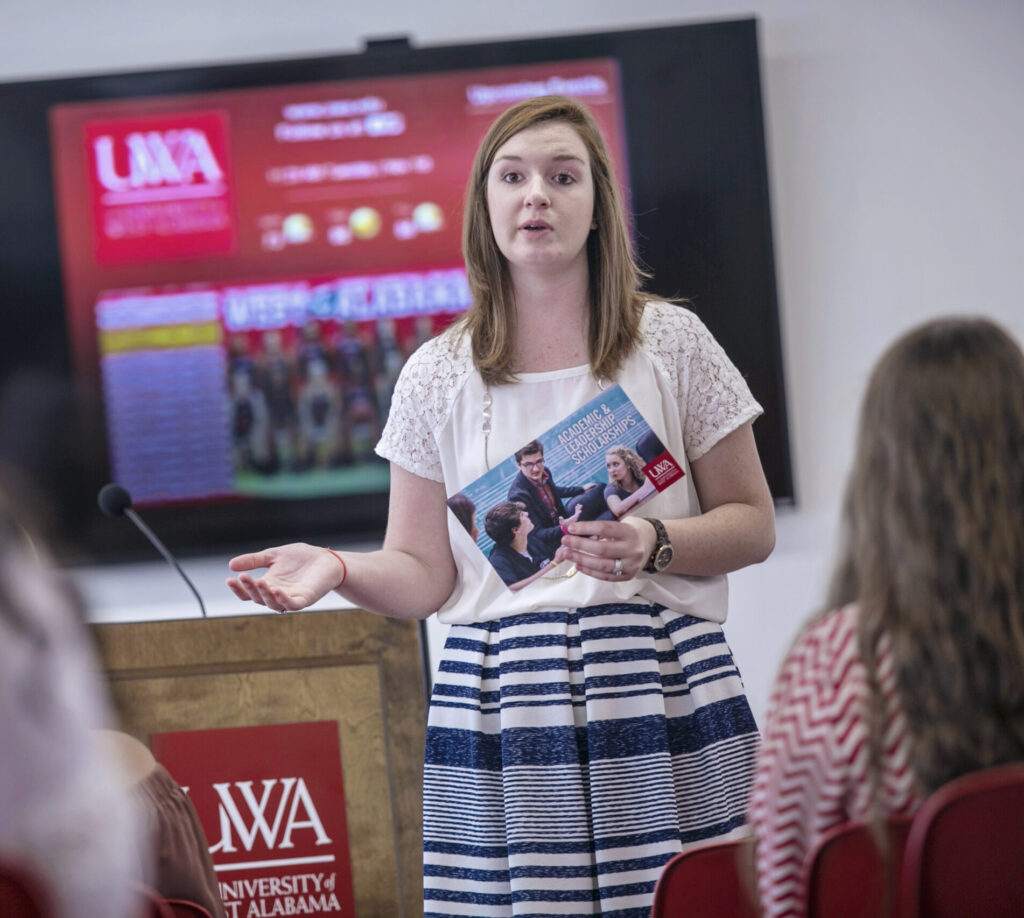
If you have questions about financial aid rates, grants, applying or anything else, we have answers.

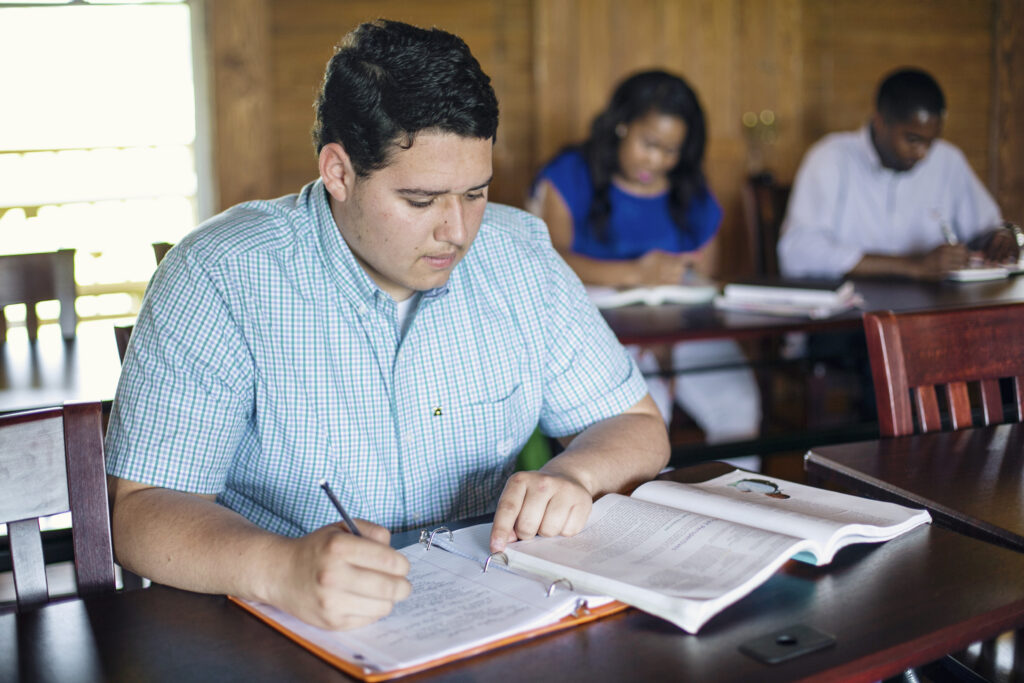
The University of West Alabama offers tuition payment plans by semester, geared to both on campus and online students.

Request More Information
Interested in becoming a UWA Tiger? Fill out this form to join our mailing list and get the latest updates on admissions, deadlines, and the enrollment process.

